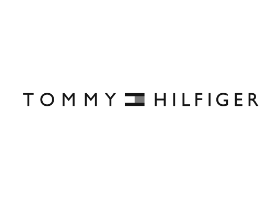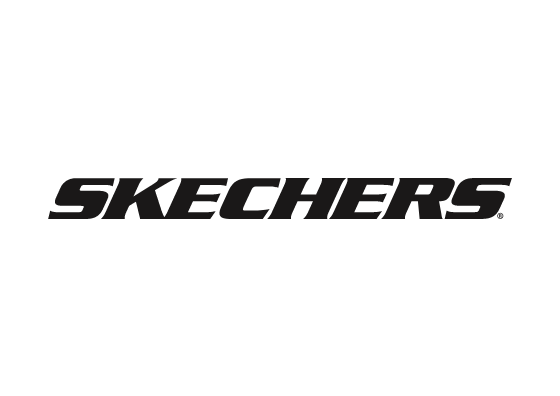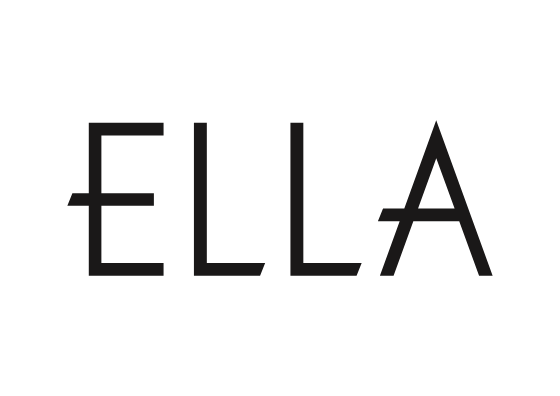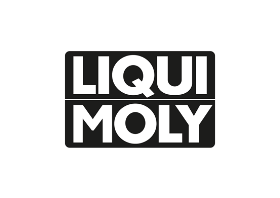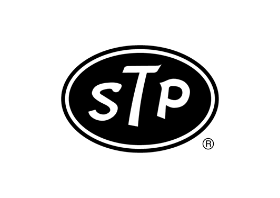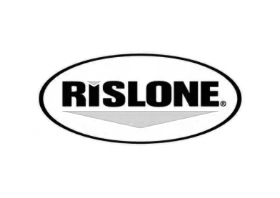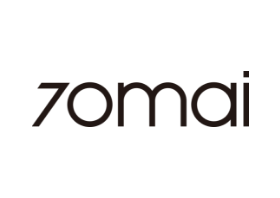1
Available Soon
Specifications
| Publisher | Wiley-VCH Verlag GmbH |
| ISBN 13 | 9783527326112 |
| ISBN 10 | 3527326111 |
| Book Format | Hardcover |
| Language | English |
| Book Subtitle | For Organic Electronics And Nanotechnology |
| Editor | Paolo Samori, Franco Cacialli |
| Book Description | A comprehensive overview of functional nanosystems based on organic and polymeric materials and their impact on current and future research and technology in the highly interdisciplinary field of materials science. As such, this handbook covers synthesis and fabrication methods, as well as properties and characterization of supramolecular architectures. Much of the contents are devoted to existing and emerging applications, such as organic solar cells, transistors, diodes, nanowires and molecular switches. The result is an indispensable resource for materials scientists, organic chemists, molecular physicists and electrochemists looking for a reliable reference on this hot topic. |
| Editorial Review | The book will be of value to graduate students and researchers from several disciplines who wish to orient themselves in the exciting new area of organic electronics and nanotechnology. It succeeds very well and is and outstanding and useful reference. (Materials World, 1 March 2013) "Overall, I have thoroughly enjoyed reading these two volumes and believe that they will provide both an introduction to the field for the novel adepts who are starting to develop an interest in supramolecular chemistry and materials, as well as a useful guidance and a reference text, from fundamental to applications, for experts who would like to keep abreast of the field with the latest and most significant achievements for several years to come." (Materials Views, 13 September 2011) "All in all, Functional Supramolecular Architectures is an excellent interdisciplinary resource for chemists, material scientists, and chemical engineers practicing in both academic and industrial R&D settings. In addition, it may be an intriguing choice as a primary text for a graduate-level special topics course dealing with functional supramolecular materials and applications thereof." (Journal of the American Chemical Society, 16 May 2011) |
| About the Author | Paolo Samori is full professor of Physical Chemistry and senior member as well as deputy director of the Institut de Science et d'Ingenierie Supramoleculaires (ISIS) of the Universite de Strasbourg (UdS) & CNRS where he is also Director of the Nanochemistry Laboratory. He is also a junior member of the Institut Universitaire de France (IUF). After his PhD in Chemistry from the Humboldt University Berlin, Germany, he was permanent research scientist at the National Research Council in Bologna, Italy. His research interests span applications of scanning probe microscopies, supramolecular electronics and the fabrication of molecular-scale nanodevices. Paolo Samori has received numerous awards, including the IUPAC Prize for Young Chemists 2001, the Vincenzo Caglioti award 2006 granted by the Accademia Nazionale dei Lincei ,the "Nicolo Copernico" award 2009 (Italy), the prix "Guy Ourisson" 2010 du Cercle Gutenberg, and the ERC starting grant 2010.Franco Cacialli is Professor of Physics at the Department of Physics and Astronomy, and the London Centre for Nanotechnology, University College London, UK. After his PhD in Electronics at the University of Pisa, Italy, he moved to Cambridge, UK, where he held a Royal Society University Research Fellowship to work on the electrical and optical properties of organic semiconductors (1996-2000). In 2001 he joined UCL, and set up a research group focusing on the exploitation of supramolecular architectures for plastic electronics, as well as fabrication and characterization of organic semiconductor nanostructures. Franco Cacialli was elected a Fellow of the American Physical Society in 2009. |
| Publication Date | 15 February 2011 |
| Number of Pages | 1030 |
Functional Supramolecular Architectures Hardcover English - 15 February 2011
Added to cart
Cart Total AED 0.00


















